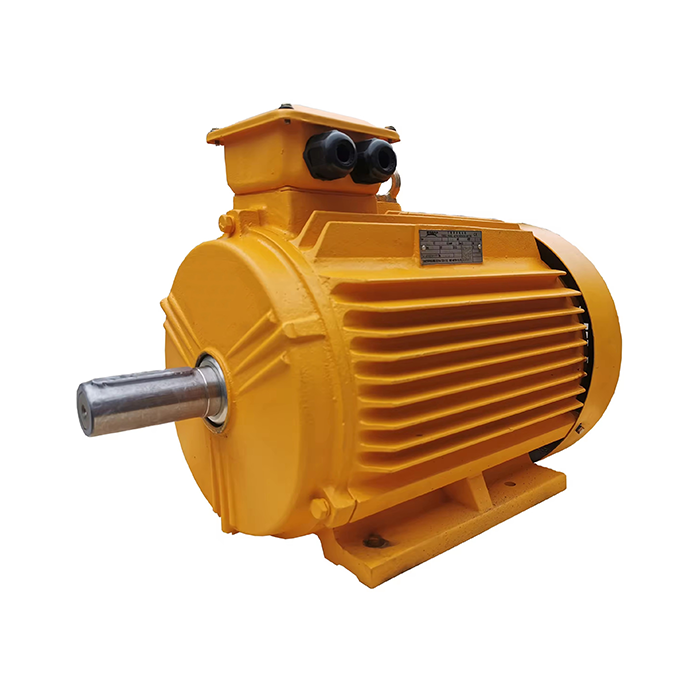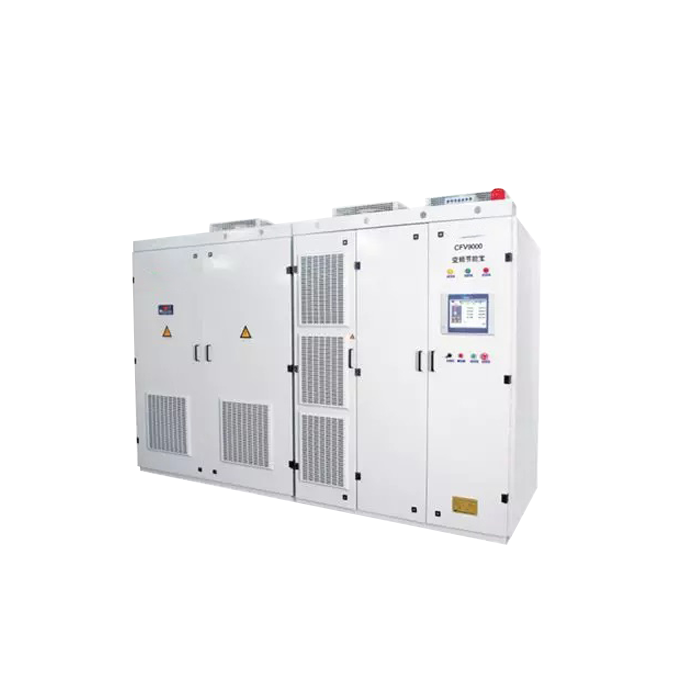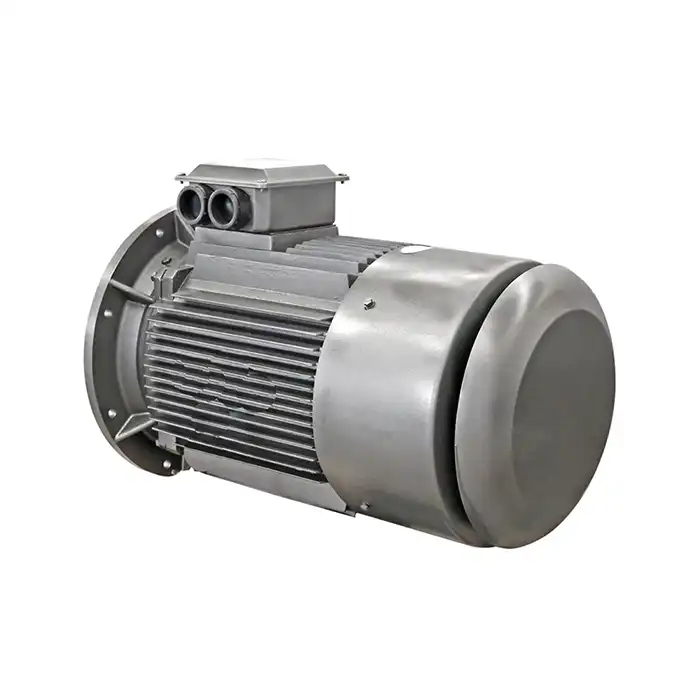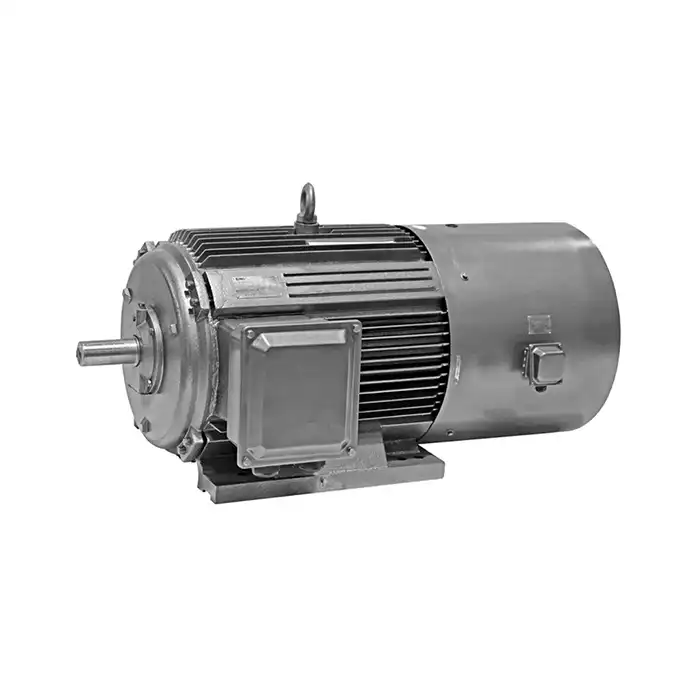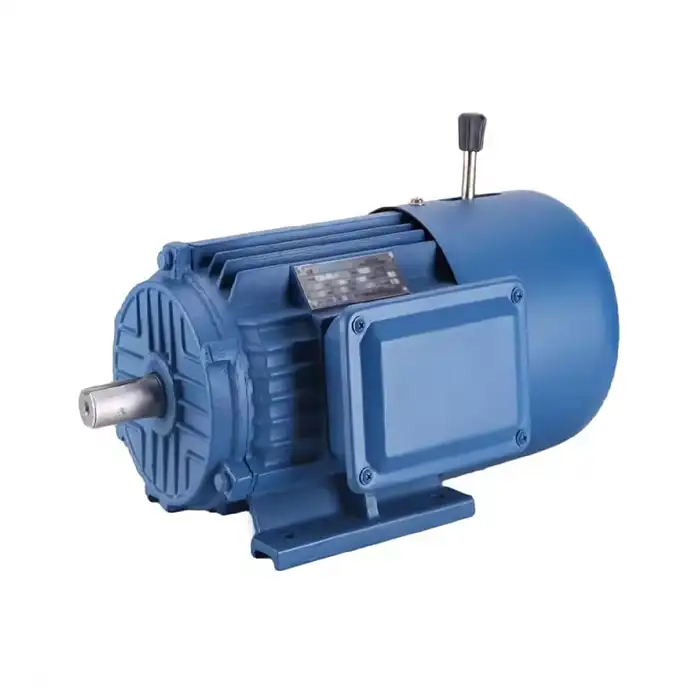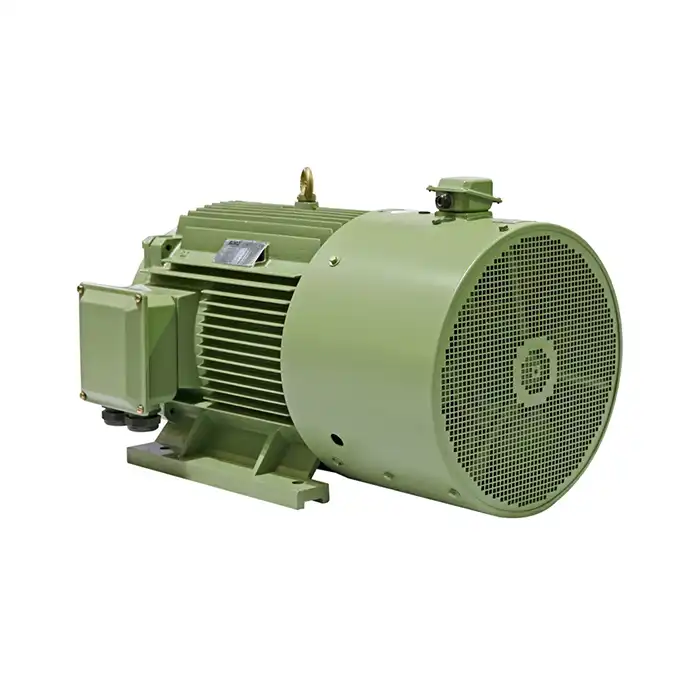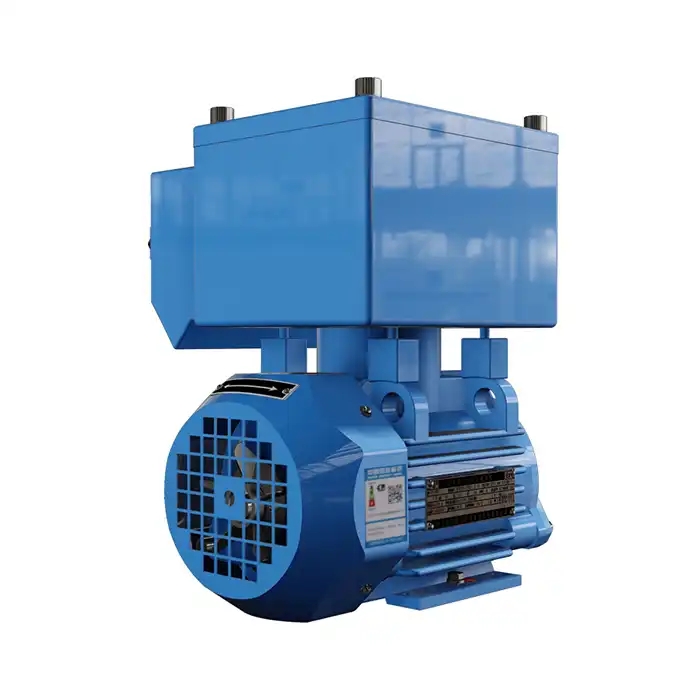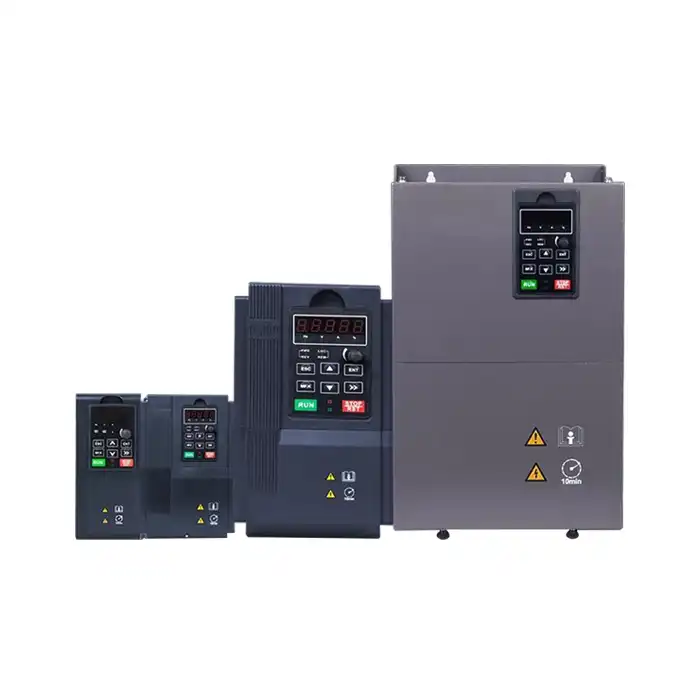IE4 Motors in Wind Turbine Systems
Wind energy is a rapidly growing sector in the renewable energy industry, and IE4 induction motors play a vital role in maximizing the efficiency of wind turbine systems.
Pitch Control Systems
IE4 motors are essential components in pitch control systems, which adjust the angle of wind turbine blades to optimize energy capture and protect the turbine from excessive wind speeds. The high efficiency of these motors ensures precise control while minimizing energy consumption.
Yaw Drive Mechanisms
The yaw drive system, responsible for keeping the wind turbine aligned with the wind direction, benefits from the use of IE4 motors. These motors provide the necessary torque to rotate the nacelle while operating with minimal energy loss.
Cooling Systems
IE4 motors are utilized in the cooling systems of wind turbines, maintaining optimal operating temperatures for various components. Their energy-efficient operation contributes to the overall performance of the turbine.
Solar Panel Tracking with IE4 Efficiency
Solar energy systems also benefit from the integration of IE4 induction motors, particularly in solar tracking applications.
Single-Axis Tracking Systems
IE4 motors are employed in single-axis solar tracking systems, which rotate solar panels along a single axis to follow the sun's daily east-to-west movement. The high efficiency of these motors ensures minimal energy consumption during tracking operations.
Dual-Axis Tracking Systems
More advanced dual-axis tracking systems, which adjust both the horizontal and vertical angles of solar panels, utilize IE4 motors for precise positioning. This results in optimal solar energy capture throughout the year.
Weather Protection Mechanisms
IE4 motors are also used in systems designed to protect solar panels from adverse weather conditions. These motors can quickly adjust panel positions to minimize damage from high winds or hailstorms.
Hydroelectric Applications of IE4 Motors
Hydroelectric power generation is another area where IE4 induction motors contribute significantly to renewable energy production.
Small-Scale Hydropower Plants
In small-scale hydroelectric installations, IE4 motors are used to drive pumps and generators. Their high efficiency helps maximize power output from limited water resources.
Water Flow Control Systems
IE4 motors are employed in water flow control systems, regulating the amount of water passing through turbines. This precise control ensures optimal power generation and resource management.
Debris Removal Systems
Hydroelectric plants often require systems to remove debris from water intakes. IE4 motors power these cleaning mechanisms, ensuring reliable operation with minimal energy consumption.
Advantages of IE4 Motors in Renewable Energy Applications
The use of IE4 induction motors in renewable energy equipment offers several significant advantages:
Enhanced Energy Efficiency
IE4 motors operate at higher efficiency levels compared to lower-rated motors, reducing energy losses and improving the overall efficiency of renewable energy systems.
Reduced Operating Costs
The improved efficiency of IE4 motors translates to lower energy consumption, resulting in reduced operating costs for renewable energy installations.
Increased Reliability
IE4 motors are designed and constructed to high standards, offering improved reliability and longer service life in demanding renewable energy applications.
Environmental Benefits
By reducing energy consumption, IE4 motors contribute to lower carbon emissions associated with renewable energy production, further enhancing the environmental benefits of these systems.
Challenges and Considerations
While IE4 induction motors offer numerous advantages in renewable energy applications, there are some challenges to consider:
Initial Cost
IE4 motors typically have a higher upfront cost compared to lower efficiency motors. However, the long-term energy savings often justify this initial investment.
Specific Application Requirements
Some renewable energy applications may have unique requirements that need to be carefully considered when selecting and implementing IE4 motors.
Integration with Existing Systems
When upgrading to IE4 motors in existing renewable energy installations, careful planning is necessary to ensure compatibility and optimal performance.
Future Trends
The role of IE4 induction motors in renewable energy equipment is likely to expand further in the coming years:
Continued Efficiency Improvements
Ongoing research and development efforts are focused on pushing the efficiency boundaries of electric motors, potentially leading to even more efficient IE5 and beyond classifications.
Integration with Smart Grid Technologies
Future developments may see IE4 motors integrated more closely with smart grid systems, enabling more responsive and efficient renewable energy production.
Expanding Applications
As renewable energy technologies continue to evolve, new applications for IE4 motors are likely to emerge, further enhancing their role in sustainable energy production.
Conclusion
IE4 induction motors play a crucial role in enhancing the efficiency and performance of various renewable energy equipment. From wind turbines to solar tracking systems and hydroelectric installations, these motors contribute to more sustainable and cost-effective energy production. As the renewable energy sector continues to grow and evolve, the importance of high-efficiency components like IE4 motors will only increase, driving further innovations in motor technology and applications.
Are you looking to optimize your renewable energy systems with high-efficiency motor solutions? XCMOTOR specializes in providing cutting-edge IE4 induction motors tailored for various renewable energy applications. Our team of experts can help you select the right motors to enhance the performance and efficiency of your wind, solar, or hydroelectric installations. Whether you're in the power generation sector, involved in renewable energy technologies, or managing water treatment facilities, we have the expertise to meet your specific needs. Contact us today at xcmotors@163.com to discuss how our IE4 motors can drive your renewable energy projects to new levels of efficiency and sustainability.
FAQ
1. What makes IE4 motors suitable for renewable energy applications?
IE4 motors offer superior energy efficiency, reliability, and performance, making them ideal for the demanding requirements of renewable energy systems. Their ability to operate with minimal energy losses contributes to the overall efficiency of wind, solar, and hydroelectric installations.
2. Can IE4 motors be retrofitted into existing renewable energy equipment?
In many cases, IE4 motors can be retrofitted into existing renewable energy systems. However, it's important to consider factors such as physical dimensions, power requirements, and control systems to ensure compatibility and optimal performance.
3. How do IE4 motors contribute to the cost-effectiveness of renewable energy projects?
While IE4 motors may have a higher initial cost, their superior efficiency leads to significant energy savings over time. This reduced energy consumption translates to lower operating costs, improving the long-term economic viability of renewable energy projects.
References
1. Johnson, M. (2022). Advancements in IE4 Induction Motor Technology for Renewable Energy Applications. Journal of Sustainable Power Systems, 15(3), 234-249.
2. Smith, A., & Brown, R. (2021). Efficiency Improvements in Wind Turbine Systems Using IE4 Motors. Renewable Energy Engineering Review, 8(2), 112-128.
3. Lee, S., et al. (2023). Comparative Analysis of Motor Efficiencies in Solar Tracking Systems. Solar Energy Technologies, 19(4), 345-360.
4. Garcia, C. (2022). IE4 Motors in Small-Scale Hydroelectric Power Generation: A Case Study. Journal of Hydropower Engineering, 11(1), 78-92.
5. Wilson, E., & Taylor, K. (2021). The Role of High-Efficiency Motors in Reducing Carbon Footprint of Renewable Energy Production. Sustainable Energy Reviews, 32, 567-582.
6. Thompson, L. (2023). Future Trends in Electric Motor Technology for Renewable Energy Applications. Energy Innovation Quarterly, 7(2), 201-215.



